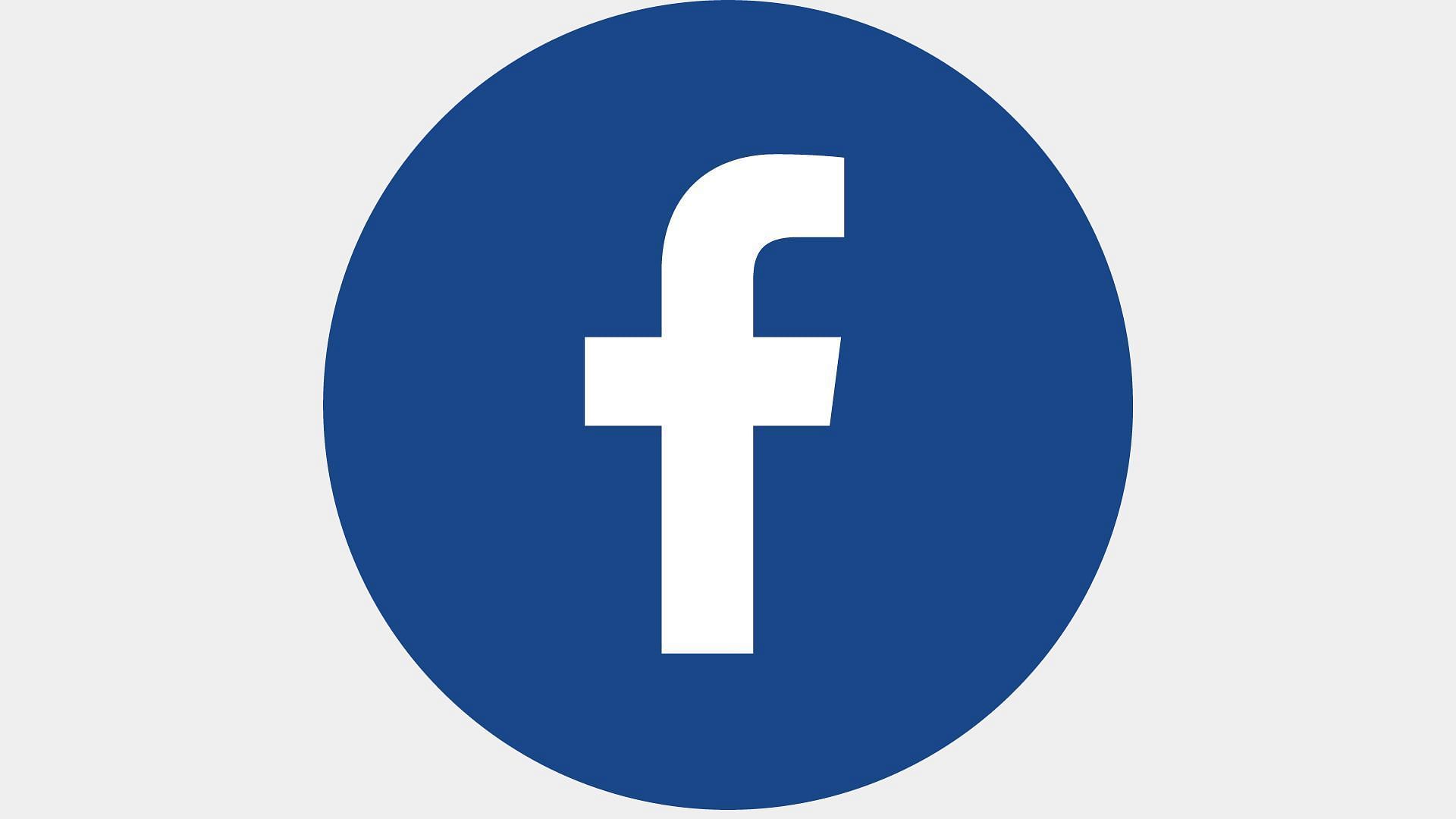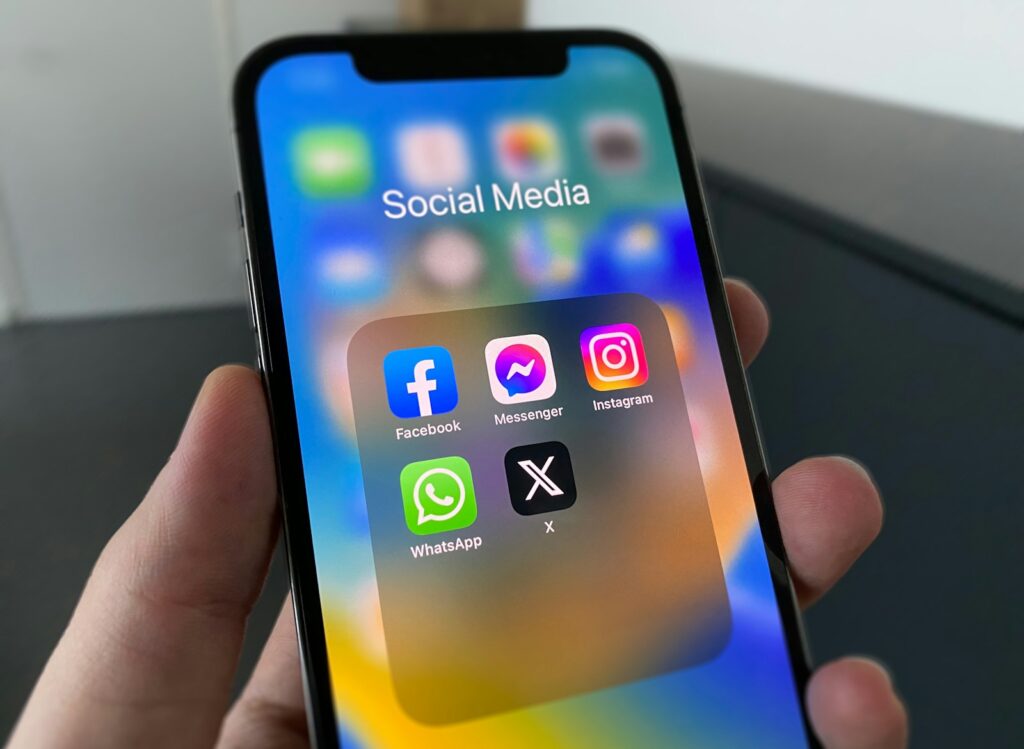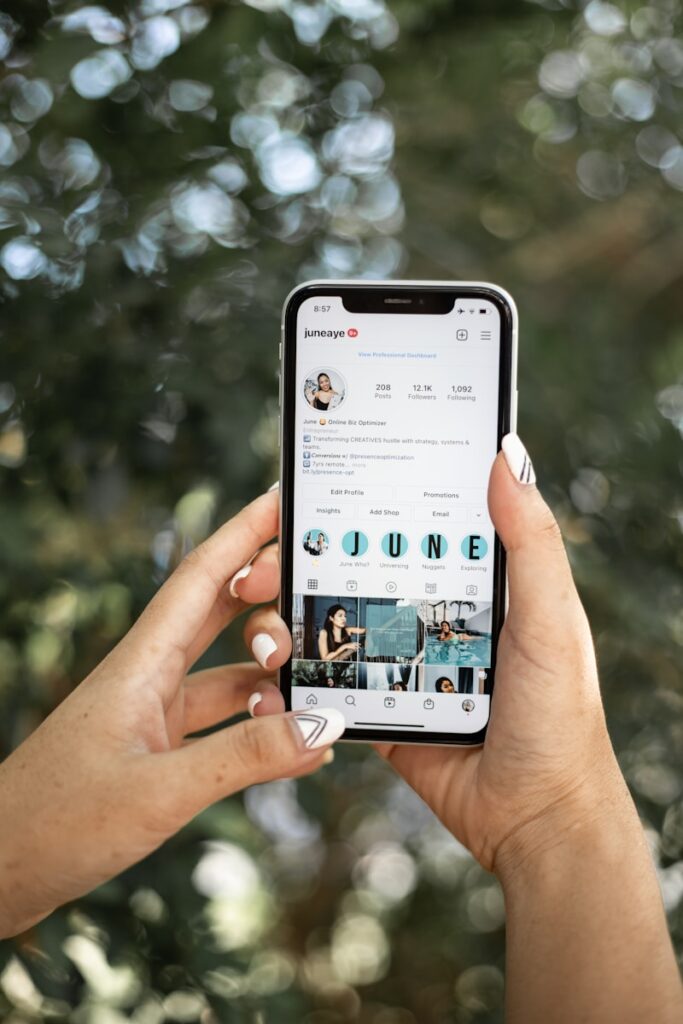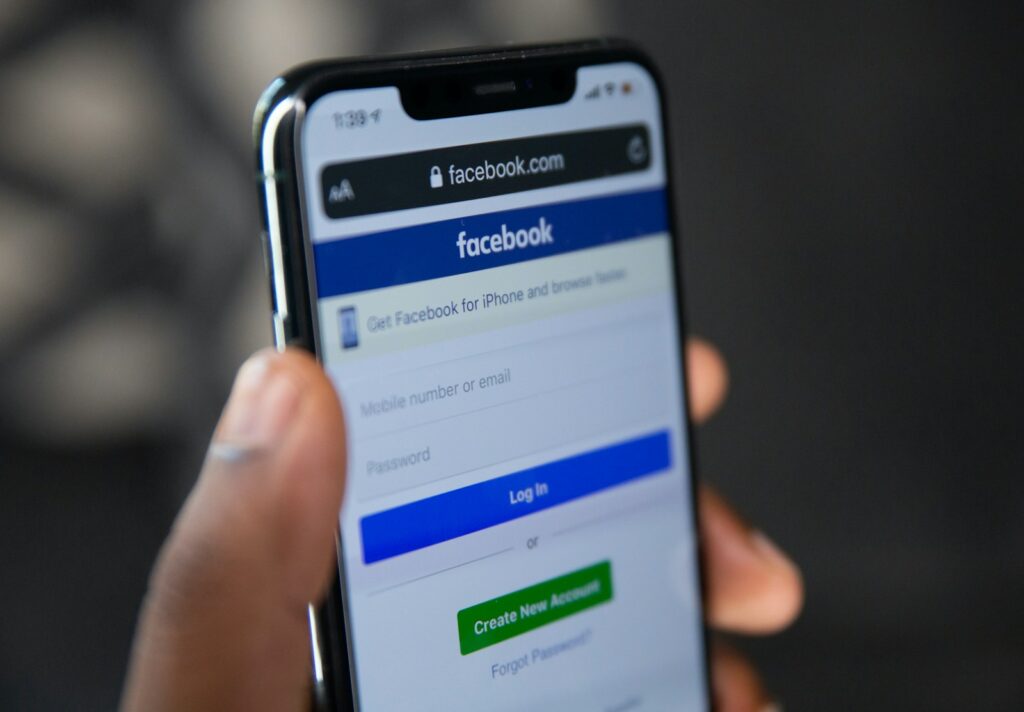
Remember a time before Facebook? It feels almost impossible, doesn’t it? What began as a simple “face book” directory for Harvard students has exploded into a global phenomenon, connecting billions and fundamentally reshaping how we interact and share. From humble dorm room beginnings to a tech titan, Facebook’s journey is epic, filled with innovation, massive user adoption, and a fair share of drama.
If you’ve ever wondered how this digital behemoth came to be, what makes its engine tick, or how it keeps us scrolling for hours, you’re in the right place. We’re pulling back the curtain on captivating aspects of Facebook, exploring its incredible evolution and indispensable features. Get ready for a fascinating ride through the history, technology, and sheer scale of one of the world’s most influential social networks.
Today, we’re kicking things off by looking at its very beginning – the ‘aha!’ moment that sparked it all – tracing its rapid expansion and ingenious connections. We’ll delve into the tech wizardry behind the scenes, unpacking how features like your News Feed and expressive Reactions transformed online communication. So, let’s jump in and uncover the impactful stories of Facebook’s first chapters!

1. **How It All Began: The Harvard Origin Story** It’s almost legendary now, but Facebook’s origin story truly started in a Harvard dorm room in 2004. The mastermind behind it all was Mark Zuckerberg, who, along with four other Harvard College students and roommates – Eduardo Saverin, Andrew McCollum, Dustin Moskovitz, and Chris Hughes – brought “TheFacebook” to life. The very name itself, “Facebook,” was a nod to the “face book” directories that were commonly given to American university students, making it instantly recognizable and relatable to its initial target audience. This small-scale project, born out of a collegiate need, was about to change the world.
Interestingly, Zuckerberg had a precursor project called “Facemash” in 2003, also while at Harvard. This site, described as comparable to “Hot or Not,” used photos from online face books and asked users to vote on who was ‘hotter’. It landed Zuckerberg in hot water, facing expulsion, but ultimately, the charges were dropped. This early foray into digital social comparison certainly set the stage, even if controversially, for his later, more ambitious venture. It showed a burgeoning interest in connecting people digitally, even if the method was rudimentary.
In January 2004, with the lessons from Facemash perhaps in mind, Zuckerberg began coding “TheFacebook.” He saw a clear need, stating, “It is clear that the technology needed to create a centralized Website is readily available … the benefits are many.” He secured an initial investment of $1,000 from fellow Harvard student Eduardo Saverin, and with that crucial backing, “TheFacebook” officially launched on February 4, 2004. This moment marked the true genesis of what would become the social media giant we know today, setting in motion a chain of events that would redefine online interaction.

2. **The Early Days: When Facebook Was Just for Students** When “TheFacebook” first debuted, it wasn’t the open-to-everyone platform it is today. Membership was strictly limited, initially only to students of Harvard College. This exclusivity created an immediate buzz and a sense of community within the university, making it a highly desirable network to join. It tapped into the existing social structures of college life, providing a digital extension for students to connect with their peers in a more structured and comprehensive way than ever before.
As the platform gained traction, the team behind it quickly grew. Dustin Moskovitz, Andrew McCollum, and Chris Hughes officially joined Zuckerberg to help manage the site’s burgeoning growth. This early collaboration was crucial in handling the increasing demands of a rapidly expanding user base, ensuring the site could scale without buckling under its own success. Their combined efforts laid the groundwork for future expansions and innovations.
The success at Harvard prompted a gradual expansion. “TheFacebook” soon became available successively to most universities across the United States and Canada. This strategic, phased rollout allowed the team to refine the platform, address any technical challenges, and build out its features while maintaining a sense of controlled growth. It wasn’t until 2006 that Facebook, having dropped “the” from its name after purchasing the domain Facebook.com in 2005, finally opened its doors to everyone at least 13 years old with a valid email address, truly beginning its journey as a global network.

3. **Conquering the World: Facebook’s Unstoppable User Growth** Facebook’s expansion was nothing short of meteoric. After opening its doors to the wider public in 2006, its user base exploded, consistently breaking new milestones year after year. The platform reached 100 million registered users in 2008, a testament to its compelling design and the universal human desire for connection. This early surge indicated that Facebook was tapping into something much larger than just college networking.
The growth continued unabated, with Facebook hitting half a billion users by July 2010. At this point, the company reported that half of its massive membership was using the site daily, averaging 34 minutes per session. Crucially, 150 million users were already accessing the platform via mobile devices, signaling a significant shift in how people consumed digital content and foreshadowing Facebook’s future mobile-first strategies. This rapid adoption underscored its growing influence across various demographics and access points.
By October 2012, Facebook officially surpassed one billion monthly active users worldwide, an astonishing achievement. This period also boasted 600 million mobile users, 219 billion photo uploads, and 140 billion friend connections, illustrating immense interaction. The momentum continued, crossing the 2 billion user mark in June 2017. As of December 2023, Facebook claimed almost 3.07 billion monthly active users globally, solidifying its digital dominance. It ranked as the third-most-visited website globally by July 2025 and was the most downloaded mobile app of the 2010s, proving its pervasive reach.

4. **Your Digital Life: Core Features That Keep You Hooked** Facebook didn’t just grow because it was there; it grew because it offered compelling features that resonated with users. After registering and creating a profile, users could reveal personal information, fostering a sense of identity and connection. The ability to “friend” other users, requiring mutual agreement, established a network of trusted connections, and users could then share text, photos, and multimedia content with these friends or, with adjusted privacy settings, publicly. This flexibility in sharing helped people curate their online presence.
Beyond passive viewing, Facebook facilitated active communication and community building. Users could communicate directly through Messenger, a feature that evolved significantly over time. They could also join common-interest groups, which brought together individuals sharing hobbies, locations, or even pet breeds, fostering niche communities within the broader platform. The inclusion of notifications on friends’ activities and followed pages ensured users stayed in the loop, creating a dynamic and engaging experience.
As the platform matured, it introduced even more functionalities to serve its vast user base. Facebook Marketplace allowed users to buy, sell, and swap items, extending its utility beyond social interaction into commerce. The ability to advertise events, whether offline, on other websites, or directly on Facebook, further solidified its role as a central hub for organization and promotion. These features collectively transformed Facebook into a multifaceted digital ecosystem, integral to many users’ daily routines.

5. **The Invisible Engine: What Powers Facebook’s Massive Scale** Ever wondered what makes Facebook run so smoothly for billions of users worldwide? It’s a marvel of engineering, built on a foundation of carefully chosen technologies and innovative solutions. Initially, Facebook was constructed using PHP, a popular scripting language known for its simplicity and effectiveness in web development. Mark Zuckerberg and his co-founders opted for PHP because it allowed them to rapidly develop and deploy the initial versions of the site, a crucial factor for a fast-growing startup.
However, as Facebook’s user base and functionality exploded, the team encountered significant scalability and performance hurdles with standard PHP. This challenge spurred Facebook’s brilliant engineers to create groundbreaking tools, most notably the HipHop Virtual Machine (HHVM). HHVM dramatically improved the performance and efficiency of PHP code execution on Facebook’s servers, allowing the platform to handle immense traffic volumes without compromising speed or reliability. This in-house innovation was pivotal in sustaining Facebook’s rapid expansion.
The technical evolution didn’t stop there. The site upgraded from HTTP to the more secure HTTPS in January 2011, boosting user data protection. By 2012, Facebook operated as one massive, monolithic application, compiled into a 1.5 GB binary blob. This was distributed to servers using a custom BitTorrent-based release system, allowing daily, zero-downtime updates in about 30 minutes. Furthermore, Facebook utilizes a platform based on HBase for distributed data storage and its own content delivery network (CDN) under fbcdn.net, ensuring efficient static data delivery and a seamless global user experience.
6. **More Than Just Scrolling: The Evolution of Your News Feed** The News Feed is arguably the beating heart of Facebook, the primary way users consume content and stay updated on their friends’ lives and the pages they follow. Launched as a central feature, it appears on every user’s homepage and highlights crucial information like profile changes, upcoming events, and friends’ birthdays. This dynamic stream of updates was a game-changer, moving beyond static profiles to present an ever-refreshing view of activity across the network.
However, the introduction of the News Feed wasn’t without its growing pains. Initially, it caused significant dissatisfaction among users. Many complained it was overly cluttered with undesired information, while others were deeply concerned about how easily it allowed others to track individual activities, from relationship status changes to private conversations. Mark Zuckerberg publicly apologized for the site’s initial failure to include adequate privacy features, leading to crucial adjustments that gave users more control over what types of information were automatically shared and with whom.
Over time, the News Feed evolved into a sophisticated, algorithm-driven display, primarily governed by the EdgeRank algorithm. This system ensures users see content deemed most relevant, continuously refining the sorting and display of stories. It integrated features like “Instant Articles” in 2015, letting users read news directly, and “Facebook Stories” in 2017, mimicking popular story formats. A major shift in 2018 saw Facebook prioritize content from friends and family over media companies, aiming to foster more meaningful interactions on the platform.

7. **Beyond a Thumbs Up: The Story of Reactions** For years, the “like” button, proudly sporting its iconic “thumbs up” icon, was the singular way users could express approval or engagement with content on Facebook. First enabled on February 9, 2009, this simple but powerful feature allowed users to easily interact with status updates, comments, photos, videos, shared links, and even advertisements. A single click conveyed acknowledgement, making content more likely to appear in friends’ News Feeds and displaying a count of how many others had also liked it. It was revolutionary in its simplicity, becoming an instant staple of online interaction.
The “like” button proved so popular that its functionality was extended to comments in June 2010, further embedding it into the fabric of Facebook communication. However, as the platform matured and users desired more nuanced ways to express themselves, the limitations of a single “like” became apparent. Not all content elicits a positive response; sometimes, a more empathetic or expressive reaction is needed. This realization paved the way for a significant evolution in user interaction.
In February 2016, Facebook dramatically expanded the “Like” button into “Reactions.” This update allowed users to choose from five predefined emotions: “Love,” “Haha,” “Wow,” “Sad,” or “Angry,” offering a richer palette for expressing feelings about content. Users could now tap and hold the ‘like’ button to select the most appropriate emoji, adding a layer of emotional depth to their interactions. Later, in late April 2020, during the height of the COVID-19 pandemic, a new “Care” reaction was added, demonstrating Facebook’s responsiveness to global events and the evolving needs for emotional expression on its platform.
Alright, so we’ve journeyed through Facebook’s incredible rise and the tech wizardry that keeps it running. But as any massively influential platform knows, with great power comes… well, a lot of scrutiny! Now, let’s pull back the curtain on the more complex, and sometimes controversial, aspects of Facebook – from its ever-evolving privacy policies and monumental data scandals to the intriguing concept of ‘shadow profiles’ and its ambitious leap into the future with the metaverse.
Read more about: Bea Arthur and Betty White: The Untold Story of a Golden Girls Feud That Was Darker Than You Imagined
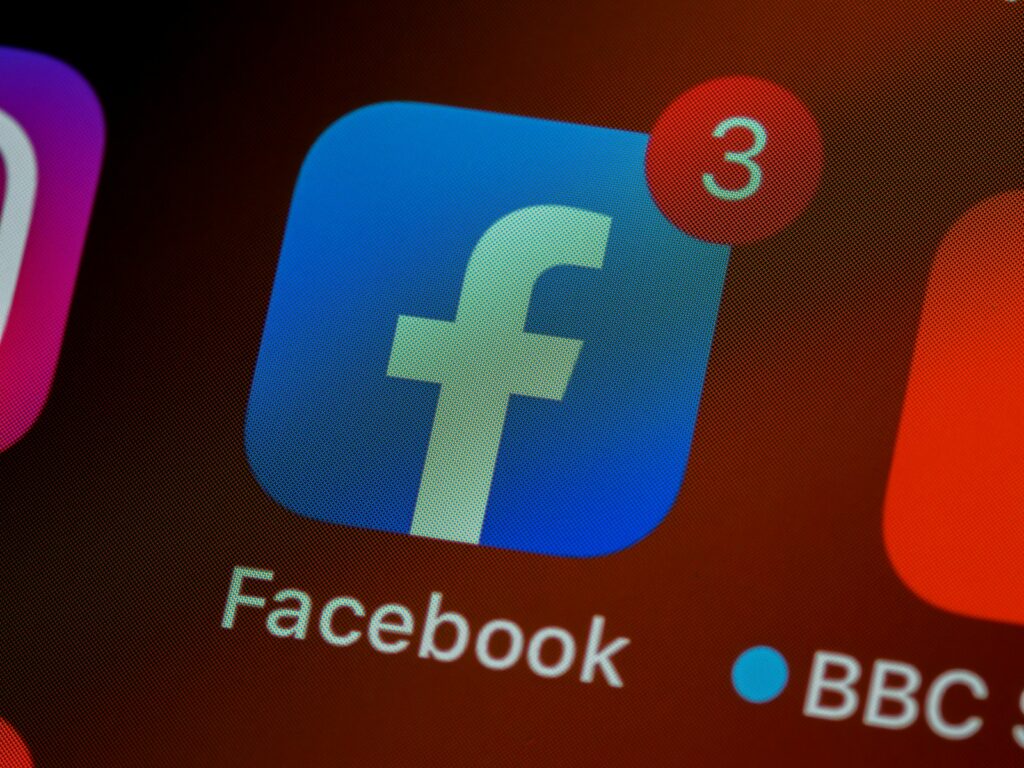
8. **Navigating the Labyrinth of Facebook’s Privacy Policies** Facebook’s approach to user privacy has always been a hot topic, constantly evolving amid a flurry of public debate and regulatory pressure. The company’s data policy is designed to clearly outline how user data is collected, stored, and ultimately shared, while also allowing users to control access to their individual posts and profile through adjustable privacy settings. It’s important to remember that some basic information, like your name and profile picture, are generally considered public.
A key driver behind Facebook’s massive revenue streams is targeted advertising, a sophisticated system that analyzes vast amounts of user data to ensure the most relevant ads pop up in your feed. To beef up its own insights, Facebook even buys data from third parties, pulling from both online and offline sources to create a richer picture of its users. While it collects and uses this data, Facebook firmly maintains that it doesn’t actually share personally identifiable information, like your name or email, directly with advertisers unless you explicitly grant permission. The company states, “We provide advertisers with reports about the kinds of people seeing their ads and how their ads are performing, but we don’t share information that personally identifies you … unless you give us permission.”
As of October 2021, Facebook’s policy on sharing user data with third parties outlined specific conditions. For example, when you use third-party apps or websites integrated with Facebook, they can receive information about what you post or share. This includes things like playing a game with friends or using a Facebook Comment button on a website. These third-party services can access your public profile and any information you choose to share with them, though Facebook has been actively working to restrict developer data access even further to prevent potential abuse, even removing access if an app hasn’t been used in three months.
The continuous shifts in Facebook’s policies have frequently sparked controversy, particularly concerning how securely user data is kept, the extent of user control over access, and the types of access granted to third parties, including businesses, political campaigns, and governments. These facilities can also vary significantly by country, with some nations mandating data availability, while regions like the European Union, with its GDPR regulations, demand even more stringent privacy protections for users. And, of course, Facebook will also share data with law enforcement when it deems it necessary.

9. **The Cambridge Analytica Scandal: A Seismic Shockwave** Few events have shaken Facebook’s reputation quite like the Facebook–Cambridge Analytica data scandal, which erupted in 2018. This controversy laid bare the extensive misuse of user data, revealing how personal information was harvested without consent to potentially influence elections. The revelations sparked a massive global outcry, leading to significant regulatory fines, intense congressional hearings, and a profound re-evaluation of data privacy practices across the tech industry.
The fallout from Cambridge Analytica wasn’t just about data points; it also cast a harsh spotlight on Facebook’s broader role in global events. From its use in organizing social movements, famously seen during the Arab Spring, to its unsettling impact on tragedies like the Rohingya genocide in Myanmar, the scandal highlighted Facebook’s dual nature. It became clear that the platform, while a powerful tool for empowerment and connection, could also be exploited to cause significant harm, amplifying existing tensions and facilitating misinformation on a global scale.
This watershed moment forced Facebook to confront its responsibilities as a global communication platform head-on. It triggered widespread skepticism among users and policymakers about the trustworthiness of tech companies handling sensitive personal data. The scandal remains a stark reminder of the critical importance of robust privacy safeguards and ethical data management in the digital age, profoundly shaping public perception and regulatory expectations for social media giants.

10. **The Enigmatic ‘Shadow Profiles’: Data Collected Behind the Scenes** Have you ever heard of a ‘shadow profile’? It sounds a bit clandestine, and in a way, it is. A ‘shadow profile’ refers to the extensive trove of data that Facebook quietly collects about individuals, often without their explicit knowledge or permission, even if they aren’t active users of the platform. This behind-the-scenes data gathering happens through various channels that you might not even realize are connected to Facebook’s sprawling network.
One of the primary ways this data is amassed is through the ubiquitous Facebook ‘like’ button, which appears on countless third-party websites across the internet. Even if you’re not logged into Facebook, or don’t even have an account, clicking on these buttons or even just visiting a page embedded with Facebook plugins allows the company to gather information about your internet browsing habits. This passive collection paints a picture of your online activity, adding to a profile you didn’t even know existed.
Another significant avenue for ‘shadow profile’ creation comes from existing Facebook users. For instance, when a user links their email account to Facebook to find friends on the site, the company can then collect the email addresses of not only their existing users but also non-users who are in that user’s contact list. Over time, these countless, seemingly innocuous data points are collected and aggregated, and while any single data point might not immediately identify an individual, together they can allow Facebook to form a remarkably unique and detailed ‘profile’ for virtually anyone, user or not.
This practice has drawn significant criticism from privacy advocates and individuals who firmly believe that people should have the undeniable right to opt out of involuntary data collection. Adding to the concern, while active Facebook users have the ability to download and inspect the data they *explicitly* provide to the site, information collected for their ‘shadow profile’ is typically not included in these downloads. This leaves non-users, in particular, completely in the dark, with no access to or control over the extensive data Facebook may hold about them.
11. **Beyond Cambridge Analytica: A Legacy of Privacy Missteps** The Cambridge Analytica scandal, while monumental, was unfortunately not an isolated incident. Facebook has endured a steady stream of controversies concerning its handling of user privacy, prompting continuous adjustments to its privacy settings and policies. Back in 2009, it was revealed that Facebook had been participating in the highly controversial PRISM secret program, sharing sensitive user data – including audio, video, photographs, emails, documents, and connection logs – with the U.S. National Security Agency.
The company also faced legal challenges. In November 2011, Facebook settled Federal Trade Commission charges that it had deceived consumers by failing to uphold privacy promises. Then, in August 2013, a study by High-Tech Bridge showed that links included in Facebook Messenger messages were being accessed by Facebook itself, leading to a lawsuit filed in January 2014 by two users alleging privacy violations due to this practice. These events chipped away at user trust, setting a troubling precedent.
More recent missteps continued to highlight vulnerabilities. In June 2018, Facebook announced a bug had inadvertently set the default sharing setting for all new posts to “public” for approximately 14 million users – a significant exposure. Later that year, its data-sharing agreement with Chinese companies, including Huawei, came under intense scrutiny from U.S. lawmakers. Even though the accessed information reportedly stayed on users’ phones and wasn’t stored on Huawei servers, the incident fueled concerns about data integrity and national security.
The privacy challenges didn’t stop there. April 2019 saw half a billion records of Facebook users found exposed on Amazon cloud servers, containing a treasure trove of sensitive information like names, passwords, email addresses, friends, likes, groups, and checked-in locations. Just a few months later, in September 2019, the phone numbers of at least 200 million Facebook users were discovered exposed on an open online database. These incidents were thought to be linked to a tool Facebook had disabled in April 2018, post-Cambridge Analytica, further demonstrating the lasting impact of past data practices.
Perhaps one of the most eyebrow-raising revelations came in March 2024, when court documents detailing Facebook’s 2016 “Project Ghostbusters” were released. This project aimed to help Facebook compete with Snapchat by developing decryption tools to collect, decrypt, and analyze traffic users generated when visiting Snapchat, and eventually, YouTube and Amazon. The company reportedly used its Onavo tool to initiate man-in-the-middle attacks, enabling it to read users’ encrypted traffic. Such aggressive tactics prompted companies like Viber Media and Mozilla to discontinue advertising on Facebook’s platforms, signaling a clear loss of confidence.

12. **The Battle for Control: Global Censorship and Content Moderation** Facebook’s immense reach means it frequently finds itself at the epicenter of global debates over censorship and content control. In numerous countries, the social networking service and its mobile apps have been blocked, either temporarily, intermittently, or permanently. This includes major nations like China and Iran, along with Vietnam, Pakistan, Syria, North Korea, and even Brazil, which has seen its share of temporary bans. These actions often reflect governmental concerns over political discourse, information flow, or perceived threats to national stability.
Beyond outright blocking, Facebook has also taken steps to enforce content bans on its platforms globally. In 2019, the company announced it would begin to strictly enforce its ban on users, including influential personalities, promoting any vape products, tobacco products, or weapons. This move reflected a growing awareness of the platform’s impact on public health and safety, attempting to curb the spread of potentially harmful content that could circumvent advertising policies.
However, Facebook itself has faced intense criticism for allowing the spread of illegal or offensive material. This ranges from copyright and intellectual property infringement to outright hate speech, incitement of rape, and even the promotion of terrorism. The platform has grappled with the proliferation of fake news and conspiracy theories, and alarmingly, has been used for livestreaming violent incidents, including crimes and murders. Commentators have frequently accused Facebook of knowingly facilitating the spread of such dangerous content, leading to real-world consequences, such as when Sri Lanka blocked both Facebook and WhatsApp in May 2019 after anti-Muslim riots, as a temporary measure to restore peace.
13. **Criticisms Beyond Privacy: From Addiction to Social Impact** While privacy concerns often grab headlines, the criticisms leveled against Facebook extend far beyond how it handles your data, delving into its profound social and psychological impact. Former Facebook product manager Frances Haugen, testifying before a U.S. congressional hearing in 2021, famously condemned the company, stating, “I believe Facebook’s products harm children, stoke division, and weaken our democracy. The company’s leadership knows how to make Facebook and Instagram safer, but won’t make the necessary changes because they have put their astronomical profits before people.” Mark Zuckerberg, in response, acknowledged the need for updated internet regulations, stating, “I don’t believe private companies should make all of the decisions on their own.”
The alleged harmful psychological effects on users have been a significant area of concern. Studies and anecdotal evidence suggest that heavy Facebook use can lead to feelings of jealousy, stress, and a decreased attention span. Perhaps most alarming is the widely discussed phenomenon of social media addiction, with users finding themselves compulsively checking their feeds. Interestingly, research has also shown that mothers’ motivations for using social media often intertwine with their social and mental health needs, highlighting a complex relationship with the platform.
Facebook has also been criticized for its role in enabling the publication of illegal or offensive material, a challenge inherent in managing a platform of its size. Issues include rampant copyright and intellectual property infringement, the spread of hate speech, and even instances of incitement to rape and terrorism. The pervasive problem of fake news and conspiracy theories has been a constant battle, along with the chilling phenomenon of crimes, murders, and other violent incidents being livestreamed directly on the platform. The sheer scale of the problem is underscored by the fact that Facebook removed 3 billion fake accounts in just two quarters (late 2018 and early 2019), a number greater than its reported monthly active users.
Beyond content, the company itself has faced legal and ethical challenges. In late July 2019, Facebook announced it was under an antitrust investigation by the Federal Trade Commission, examining its market dominance. Consumer advocacy groups, such as Which?, have also highlighted ongoing issues, claiming individuals were still using Facebook to orchestrate fraudulent five-star ratings for products, with communities exchanging reviews for money or free items. Further, in March 2021, the Equal Employment Opportunity Commission initiated an investigation into Facebook based on complaints of “systemic” racial bias by rejected Black candidates and a current employee.

14. **Into the Future: The Metaverse and Ambitious AI Horizons** Looking ahead, Facebook is no longer just Facebook – it’s Meta. In a monumental move in 2021, the company rebranded as Meta, signaling a profound strategic shift towards building the “metaverse.” This ambitious vision reflects a future where virtual and augmented reality play a central role in how we connect, work, and play, moving beyond the traditional 2D social networking experience that defined its first two decades.
This pivot wasn’t entirely out of the blue. A crucial step in Meta’s journey towards this virtual future was the acquisition of Oculus VR in 2014. This move brought leading virtual reality technology and talent under the company’s wing, laying the groundwork for developing the hardware and software necessary to realize the metaverse. It was an early indicator of Mark Zuckerberg’s long-term vision for immersive digital experiences.
Today, Meta is pouring significant resources into virtual reality and augmented reality technologies, seeing them as the next frontier of digital interaction. This includes massive investments in Meta AI, with Mark Zuckerberg himself announcing a $60 billion commitment to advance artificial intelligence. These investments are designed not only to enhance existing platforms but also to power the complex, intelligent systems that will bring the metaverse to life, promising new ways to interact and experience digital worlds.
From a Harvard dorm room idea to a global connector, Facebook, now Meta, has certainly come a long way. It has connected billions, revolutionized communication, and pushed technological boundaries. But its journey has also been a challenging one, forcing critical conversations about privacy, power, and its societal impact. As Meta continues to evolve and delve deeper into the metaverse and AI, one thing is clear: its story is far from over, and its influence on our digital lives will undoubtedly continue to shape the future in ways we are only just beginning to imagine. It’s been an incredible ride, and we’re all watching to see what comes next!

